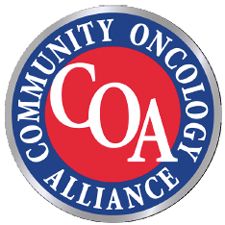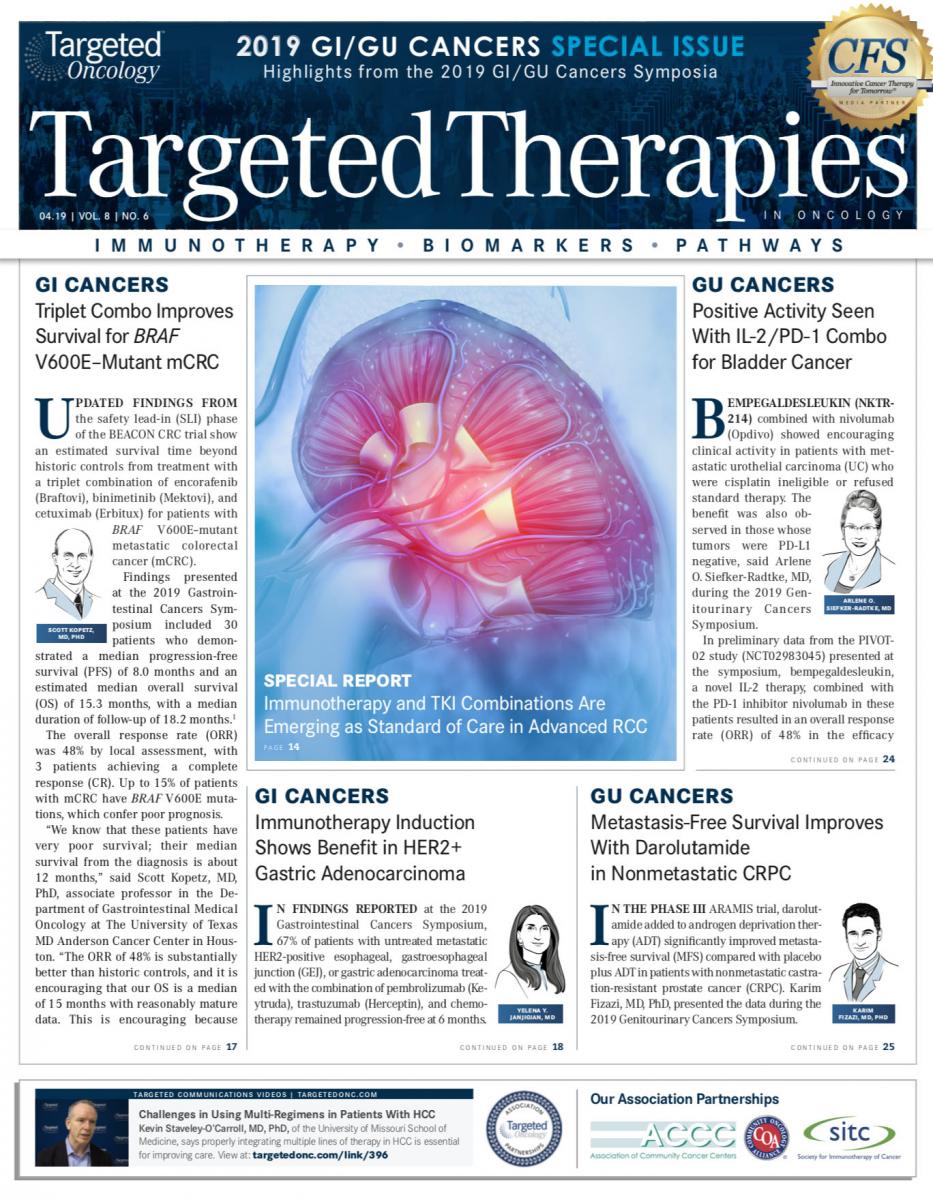Coverage Concerns Temper Enthusiasm Surrounding CAR T-Cell Treatment
A discussion between regulators and special interest groups has cooled some of the excitement generated by the emergence of chimeric antigen receptor T-cell therapy for treating hematologic cancers.

A discussion between regulators and special interest groups has cooled some of the excitement generated by the emergence of chimeric antigen receptor (CAR) T-cell therapy for treating hematologic cancers. The Centers for Medicare & Medicaid Services (CMS) issued a proposed National Coverage Determination (NCD) memo for CAR T-cell therapy in February 2019.1In a response letter addressed to Seema Verma, administrator of the Centers for Medicare & Medicaid Services, the Community Oncology Alliance (COA) voiced significant concerns regarding the memo’s specific language.2
COA’s concerns focus on the site of care that treatment is delivered (inpatient vs outpatient and hospital vs community setting), the strict eligibility requirements that limit use to patients with recurrent or relapsed disease, and restrictive and onerous language regarding off-label coverage, data collection, and CMS’ flexibility in covering future CAR T-cell therapies.
“The current NCD seems to restrict the therapy to a hospital environment,” said Frederick M. Schnell, MD, COA’S medical officer, in an interview withTargeted Therapies in Oncology. “Nonetheless, COAas is the entire oncology community—is very supportive of these new kinds of potentially lifesaving interventions.”
According to the NCD, CMS recommends that CAR T-cell therapy be covered in the hospital setting or in hospitals that are participating in clinical trials involving CAR T-cell therapy.
COA contends that although CAR T-cell therapy was initially delivered exclusively in the inpatient setting, at least 26% of adult patients in clinical trials were infused in the outpatient setting.3Juno Therapeutics showed decreased resource use for patients who received the therapy in the outpatient setting, with an approximate 40% reduction in hospital days, compared with patients in the inpatient setting. Further, 88% (7 of 8) of patients remained outpatient for at least 3 days post CAR T-cell administration.4
“There are some data in the CAR T-cell space that show higher costs associated in the hospital setting, but that’s typical of high-intensity care,” Schnell said. The response letter pointed out that hospitals are not the only settings of care that meet the necessary qualifications.
State-of-the-art oncology practices that have experience delivering high-intensity care can provide the care needed for patients who are candidates for CAR T-cell therapy, according to COA. Stem cell transplants, which are similar in complexity to CAR T-cell therapy, are performed successfully in the community oncology practice setting. Such procedures often require the same infrastructure that CAR T-cell therapy requires, with a designated care area that protects patients from transmission of infectious agents and allows for appropriate evaluation and treatment. In some cases, community oncology practices conduct these complex procedures on their own or in partnership with local hospitals. For practices that would need to partner with hospitals to administer the therapy, those relationships and capabilities are already in place, COA said.
“[Although] autologous stem cell therapy was initially launched in the inpatient setting, through the dedication of a strong coalition of community-based oncologists, it evolved to the outpatient setting and moved away from the solitary academic medical center,” Schnell said.
Before CAR T-cell therapy clinics start popping up on every street corner, however, Schnell emphasized that because of the extensive training and excellent support staff needed, he foresees medium-size oncology practices in metropolitan areas taking on this new venture. “The practice needs a dedicated staff to care for the patients, to handle products, and to deliver the drugs in a controlled way,” he said.
Practices that are familiar with allograft stem cell transplants will be at an advantage if they are considering offering CAR T-cell therapies, Schnell said. “All the infrastructure is in place. As clinicians become more comfortable, it’s the natural progression to bring this into state-of-the-art phy- sician practices,” he added. “This will be a gearshift for them, but given a learning curve, they will need to retrain their staff and retrofit their clinics as CAR T-cell therapy becomes more prevalent.”
The COA response pointed out that some community oncology practices already have or currently participate in studies on CAR T-cell therapy, which provides for geographic diversity that will improve patient access to the treatment.
Other challenges COA foresees with the NCD include patient eligibility, off-label use, and restrictive data collection procedures. The NCD also limits eligibility to recurrent or relapsed patients but does not encompass future CAR T-cell therapies, which are undergoing investigation in clinical trials. COA emphasized that these trials target patients in earlier stage disease, so these patients would not be eligible for coverage, according to the NCD.
COA’s response states that the draft’s off-label language establishes a negative precedent for cancer treatment. The organization contends that off-label use of CAR T-cell treatment will be permitted only when indicated for use in the National Comprehensive Cancer Network Drugs & Biologics Compen- dium with a grade of 2 or 1, and that the patient must be enrolled in a CMS-approved clinical trial and followed for at least 2 years to access off-label uses. COA is concerned that the additional requirements envisioned in the proposed decision memo represent a departure from CMS’ prior treatment of permissible off-label use of oncology drugs.
COA’s last objection involves funding for future CAR T-cell treatments. The NCD suggests that studies would not be funded by CMS, with pro- viders shouldering additional costs to administer the therapy. This could adversely affect patients’ access. If CMS decides to follow through on this proposal, COA recommends using an observational study format that remains flexible and evolves with newly approved indications and new CAR T-cell products. “COA contends that CMS should be more circumspect and more accommodating when new products become available,” Schnell said.
The group looks forward to working with CMS as CAR-T cell therapy become part of the ongoing and developing oncology armamentarium.
References:
- CMS proposes coverage with evidence development for chimeric antigen receptor (CAR) T-cell therapy [press release]. Baltimore, MD: Centers for Medicare & Medicaid Services; February 15, 2019. go.cms.gov/ 2SXbV52. Accessed March 27, 2019.
- COA comments: CMS CAR-T cell therapy proposed coverage determination [press release]. Washington, DC: Community Oncology Alliance; March 15, 2019. bit.ly/2WN3Q1g. Accessed March 27, 2019.
- Primary analysis results from Novartis pivotal JULIET trial show Kymriah (tisagenlecleucel) sustained complete responses at six months in adults with r/r DLBCL, a difficult-to-treat cancer [press release]. Basel, Switzerland: Novartis; December 10, 2017. bit.ly/2pBzNur. Accessed March 27, 2019.
- Juno Therapeutics highlights data and presentations supporting best- in-class strategy for JCAR017 at ASH [press release]. Seattle, WA: Juno Therapeutics, Inc; December 12, 2017. bit.ly/2G3Si4d. Accessed March 27, 2018.
